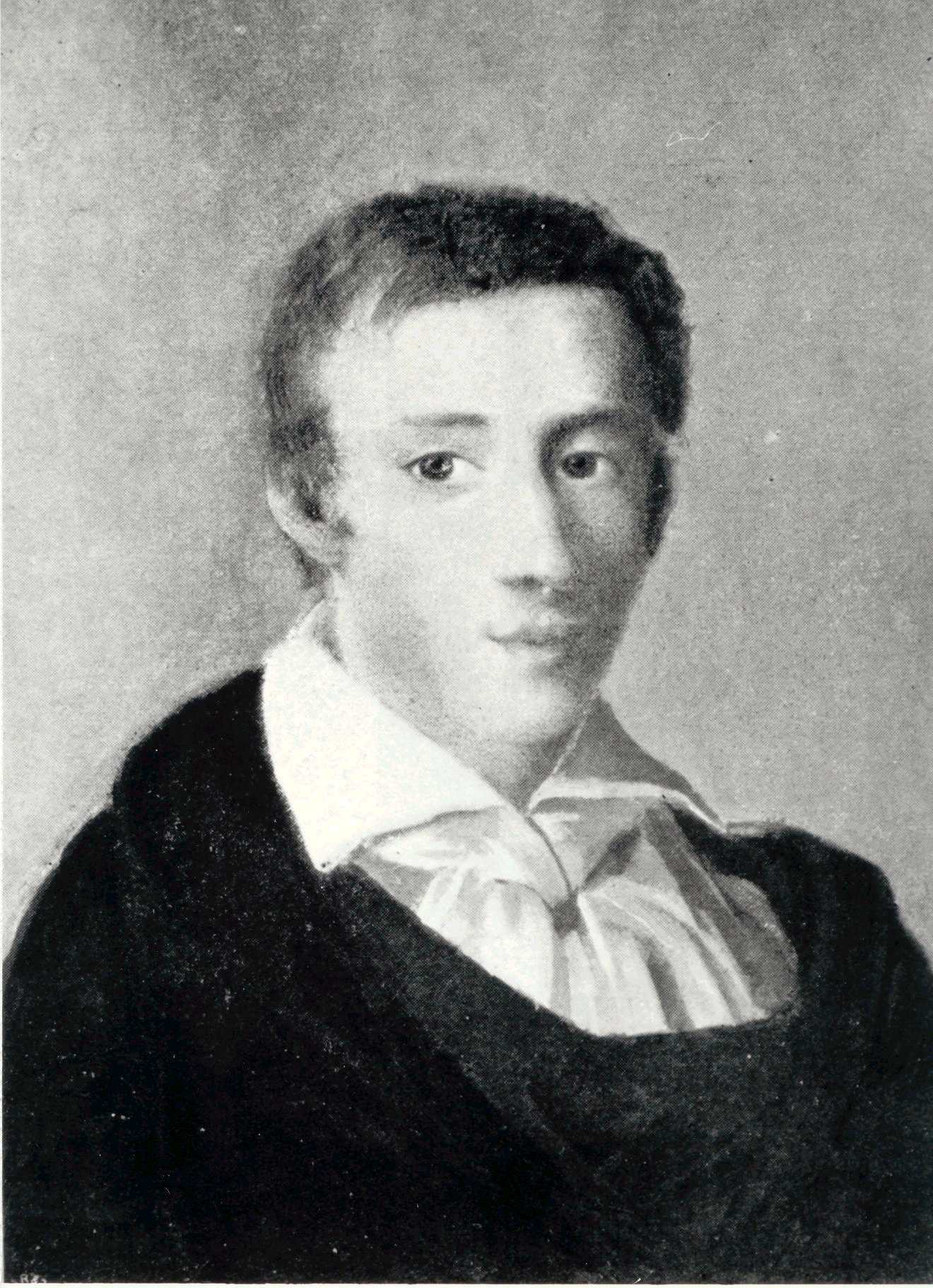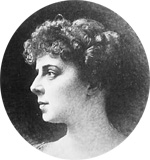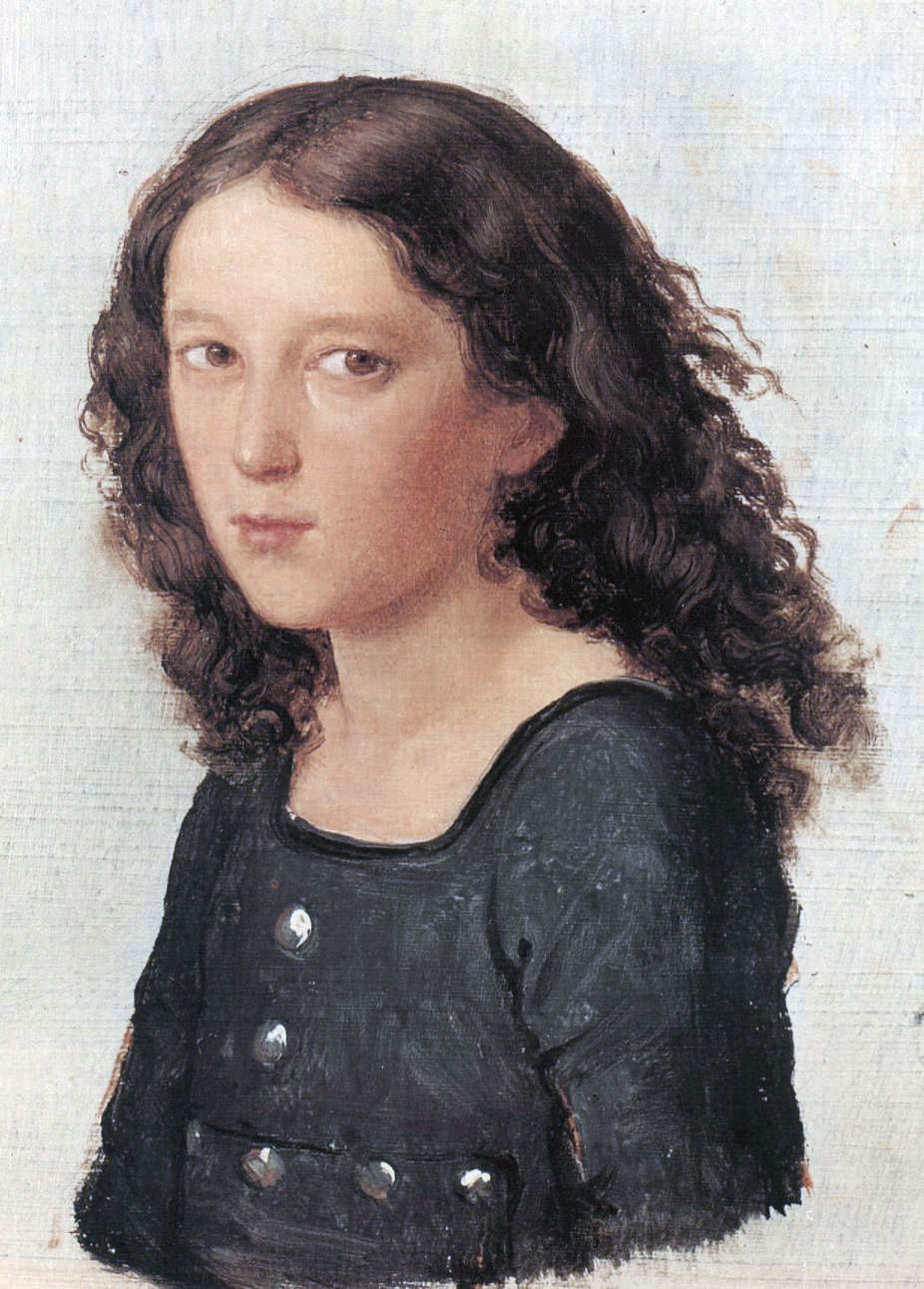|
Nocturnes
A nocturne is a musical composition that is inspired by, or evocative of, the night. History The term ''nocturne'' (from French '' nocturne'' "of the night") was first applied to musical pieces in the 18th century, when it indicated an ensemble piece in several movements, normally played for an evening party and then laid aside. Sometimes it carried the Italian equivalent, ''notturno'', such as Wolfgang Amadeus Mozart's Notturno in D, K.286, written for four lightly echoing separated ensembles of paired horns with strings, and his ''Serenata Notturna'', K. 239. At this time, the piece was not necessarily evocative of the night, but might merely be intended for performance at night, much like a serenade. The chief difference between the serenade and the notturno was the time of the evening at which they would typically be performed: the former around 9:00 pm, the latter closer to 11:00 pm. In its form as a single-movement character piece usually written for solo piano, the noct ... [...More Info...] [...Related Items...] OR: [Wikipedia] [Google] [Baidu] |
Nocturnes (Chopin)
Frédéric Chopin wrote 21 nocturnes for solo piano between 1827 and 1846. They are generally considered among the finest short solo works for the instrument and hold an important place in contemporary concert repertoire. Although Chopin did not invent the nocturne, he popularized and expanded on it, building on the form developed by Irish composer John Field (composer), John Field. Chopin's nocturnes numbered 1 to 18 were published during his lifetime, in twos or threes, in the order of composition. However, numbers 19 and 20 were actually written first, prior to Chopin's departure from Poland, but published posthumously. Number 21 was not originally entitled "nocturne" at all, but since its publication in 1938 as such, it is generally included with publications and recordings of the set. Influences By the time of Chopin's birth in 1810, John Field was already an accomplished composer. Eventually, the young Chopin became a great admirer of Field, taking some influence from the ... [...More Info...] [...Related Items...] OR: [Wikipedia] [Google] [Baidu] |
Nocturne Op
A nocturne is a musical composition that is inspired by, or evocative of, the night. History The term ''nocturne'' (from French '':wikt:nocturne#French, nocturne'' "of the night") was first applied to musical pieces in the 18th century, when it indicated an ensemble piece in several movements, normally played for an evening party and then laid aside. Sometimes it carried the Italian equivalent, ''notturno'', such as Wolfgang Amadeus Mozart's Notturno in D, K.286, written for four lightly echoing separated ensembles of paired horns with strings, and his ''Serenata Notturna'', K. 239. At this time, the piece was not necessarily evocative of the night, but might merely be intended for performance at night, much like a serenade. The chief difference between the serenade and the notturno was the time of the evening at which they would typically be performed: the former around 9:00 pm, the latter closer to 11:00 pm. In its form as a single-movement character piece usually written for ... [...More Info...] [...Related Items...] OR: [Wikipedia] [Google] [Baidu] |
Frédéric Chopin
Frédéric François Chopin (born Fryderyk Franciszek Chopin; 1 March 181017 October 1849) was a Polish composer and virtuoso pianist of the Romantic period who wrote primarily for Piano solo, solo piano. He has maintained worldwide renown as a leading composer of his era whose "poetic genius was based on a professional technique that was without equal in his generation". Chopin was born in Żelazowa Wola and grew up in Warsaw, which in 1815 became part of Congress Poland. A child prodigy, he completed his musical education and composed his early works in Warsaw before leaving Poland at age 20, less than a month before the outbreak of the November Uprising, November 1830 Uprising; at 21, he settled in Paris. Thereafter he gave only 30 public performances, preferring the more intimate atmosphere of the Salon (gathering), salon. He supported himself, selling his compositions and giving piano lessons, for which he was in high demand. Chopin formed a friendship with Franz Liszt ... [...More Info...] [...Related Items...] OR: [Wikipedia] [Google] [Baidu] |
John Field (composer)
John Field (26 July 1782, Dublin – 23 January 1837, Moscow) was an Irish pianist, composer and teacher widely credited as the creator of the nocturne. While other composers were writing in a similar style at this time, Field was the first to use the term 'Nocturne' specifically to apply to a character piece featuring a cantabile melody over an arpeggiated accompaniment. He was born into a musical family, in Dublin, and received his early education there, in particular with the Italian composer Tommaso Giordani. The family moved to London in 1793, where Field studied under Muzio Clementi, and under whose tutelage Field soon became a famous and sought-after concert pianist. Together, master and pupil visited Paris, Vienna, and St. Petersburg. Ambiguity surrounds Field's decision to remain in the former Russian capital (Saint Petersburg), but it is likely that Field acted as a sales representative for the Clementi Pianos. Field was very highly regarded by his contemporaries ... [...More Info...] [...Related Items...] OR: [Wikipedia] [Google] [Baidu] |
Nocturnes (Debussy)
''Nocturnes'', L 98 (also known as ''Trois Nocturnes'' or Three Nocturnes) is an Impressionist orchestral composition in three movements by the French composer Claude Debussy, who wrote it between 1892 and 1899. It is based on poems from ''Poèmes anciens et romanesques'' ( Henri de Régnier, 1890). Composition "Three Scenes at Twilight" Based on comments in various Debussy letters and in Léon Vallas's biography, it has generally been assumed that composition of the ''Nocturnes'' began in 1892 under the title ''Trois Scènes au Crépuscule'' ("Three Scenes at Twilight"), an orchestral triptych. However, the lack of actual manuscripts makes it impossible to determine whether such works were truly related to the ''Nocturnes''. ''Trois Scènes au Crépuscule'' was inspired by ten poems by Henri de Régnier entitled ''Poèmes anciens et romanesques'' (published in 1890). Régnier was a symbolist poet, and his poems contain vivid imagery and dreamlike associations of ideas. In a l ... [...More Info...] [...Related Items...] OR: [Wikipedia] [Google] [Baidu] |
Francis Poulenc
Francis Jean Marcel Poulenc (; 7 January 189930 January 1963) was a French composer and pianist. His compositions include mélodie, songs, solo piano works, chamber music, choral pieces, operas, ballets, and orchestral concert music. Among the best-known are the piano suite ''Trois mouvements perpétuels'' (1919), the ballet ''Les biches'' (1923), the ''Concert champêtre'' (1928) for harpsichord and orchestra, the Organ Concerto (Poulenc), Organ Concerto (1938), the opera ''Dialogues des Carmélites'' (1957), and the ''Gloria (Poulenc), Gloria'' (1959) for soprano, choir, and orchestra. As the only son of a prosperous manufacturer, Poulenc was expected to follow his father into the family firm, and he was not allowed to enrol at a music college. He studied with the pianist Ricardo Viñes, who became his mentor after the composer's parents died. Poulenc also made the acquaintance of Erik Satie, under whose tutelage he became one of a group of young composers known collectively ... [...More Info...] [...Related Items...] OR: [Wikipedia] [Google] [Baidu] |
Gabriel Fauré
Gabriel Urbain Fauré (12 May 1845 – 4 November 1924) was a French composer, organist, pianist and teacher. He was one of the foremost French composers of his generation, and his musical style influenced many 20th-century composers. Among his best-known works are his ''Pavane (Fauré), Pavane'', Requiem (Fauré), Requiem, ''Sicilienne (Fauré), Sicilienne'', Fauré Nocturnes, nocturnes for piano and the songs "Trois mélodies, Op. 7 (Fauré), Après un rêve" and "Clair de lune (Fauré), Clair de lune". Although his best-known and most accessible compositions are generally his earlier ones, Fauré composed many of his most highly regarded works in his later years, in a more harmony, harmonically and melody, melodically complex style. Fauré was born into a cultured but not especially musical family. His talent became clear when he was a young boy. At the age of nine, he was sent to the École Niedermeyer de Paris, École Niedermeyer music college in Paris, where he wa ... [...More Info...] [...Related Items...] OR: [Wikipedia] [Google] [Baidu] |
Incidental Music
Incidental music is music in a play, television program, radio program, video game, or some other presentation form that is not primarily musical. The term is less frequently applied to film music, with such music being referred to instead as the film score or soundtrack. Incidental music is often background music, and is intended to add atmosphere to the action. It may take the form of something as simple as a low, ominous tone suggesting an impending startling event or to enhance the depiction of a story-advancing sequence. It may also include pieces such as overtures, music played during scene changes, or at the end of an act, immediately preceding an interlude, as was customary with several nineteenth-century plays. It may also be required in plays that have musicians performing on-stage. History The phrase "incidental music" is from the German ''Inzidenzmusik'', which is defined in the ''Methuen Drama Dictionary of the Theatre'' as "music that is specifically written fo ... [...More Info...] [...Related Items...] OR: [Wikipedia] [Google] [Baidu] |
Felix Mendelssohn
Jakob Ludwig Felix Mendelssohn Bartholdy (3 February 18094 November 1847), widely known as Felix Mendelssohn, was a German composer, pianist, organist and conductor of the early Romantic music, Romantic period. Mendelssohn's compositions include symphony, symphonies, concertos, piano music, organ music and chamber music. His best-known works include the Overture#Concert overture, overture and incidental music for ''A Midsummer Night's Dream (Mendelssohn), A Midsummer Night's Dream'' (which includes his "Wedding March (Mendelssohn), Wedding March"), the ''Symphony No. 4 (Mendelssohn), Italian'' and ''Symphony No. 3 (Mendelssohn), Scottish'' Symphonies, the oratorios ''St. Paul (oratorio), St. Paul'' and ''Elijah (oratorio), Elijah'', the ''The Hebrides (overture), Hebrides'' Overture, the mature Violin Concerto (Mendelssohn), Violin Concerto, the Octet (Mendelssohn), String Octet, and the melody used in the Christmas carol "Hark! The Herald Angels Sing". Mendelssohn's ''Songs W ... [...More Info...] [...Related Items...] OR: [Wikipedia] [Google] [Baidu] |
Orchestra
An orchestra (; ) is a large instrumental ensemble typical of classical music, which combines instruments from different families. There are typically four main sections of instruments: * String instruments, such as the violin, viola, cello, and double bass * Woodwinds, such as the flute, oboe, clarinet, bassoon, and occasional saxophone * Brass instruments, such as the French horn (commonly known as the "horn"), trumpet, trombone, cornet, and tuba, and sometimes euphonium * Percussion instruments, such as the timpani, snare drum, bass drum, cymbals, triangle, tambourine, tam-tam and mallet percussion instruments Other instruments such as the piano, harpsichord, pipe organ, and celesta may sometimes appear in a fifth keyboard section or may stand alone as soloist instruments, as may the concert harp and, for performances of some modern compositions, electronic instruments, and guitars. A full-size Western orchestra may sometimes be called a or phil ... [...More Info...] [...Related Items...] OR: [Wikipedia] [Google] [Baidu] |
Robert Helps
Robert Eugene Helps (b. Passaic, New Jersey, United States, September 23, 1928; d. Tampa, Florida, United States, November 24, 2001) was an American pianist and composer. Career Helps studied at the universities of Columbia (1947–49) and Berkeley (1949–51) He was one of the most distinguished pupils of Abby Whiteside and perhaps the most well-known practitioner of her theories of rhythm and of a technique directed from the humerus rather than the fingers. He studied composition with Roger Sessions, who exerted a strong influence on his career, and whose music he often performed and recorded. He cultivated a lifelong interest for Frédéric Chopin's Études as well as Leopold Godowsky's Studies on Chopin's Études which informed both his piano playing and his composition. Helps taught piano at the New England Conservatory of Music, the San Francisco Conservatory of Music, Princeton University, Stanford University, the University of California, Berkeley, and the Manhattan Sc ... [...More Info...] [...Related Items...] OR: [Wikipedia] [Google] [Baidu] |
Samuel Barber
Samuel Osmond Barber II (March 9, 1910 – January 23, 1981) was an American composer, pianist, conductor (music), conductor, baritone, and music educator, and one of the most celebrated composers of the mid-20th century. Principally influenced by nine years' composition studies with Rosario Scalero at the Curtis Institute and more than 25 years' study with his uncle, the composer Sidney Homer, Barber's music usually eschewed the experimental trends of Modernism (music), musical modernism in favor of traditional 19th-century harmonic language and formal structure embracing lyricism and emotional expression. However, he adopted elements of modernism after 1940 in some of his compositions, such as an increased use of dissonance and chromaticism in the ''Cello Concerto (Barber), Cello Concerto'' (1945) and ''Medea's Dance of Vengeance'' (1955); and the use of tonal ambiguity and a narrow use of serialism in his ''Piano Sonata (Barber), Piano Sonata'' (1949), ''Prayers of Kierkegaard ... [...More Info...] [...Related Items...] OR: [Wikipedia] [Google] [Baidu] |





